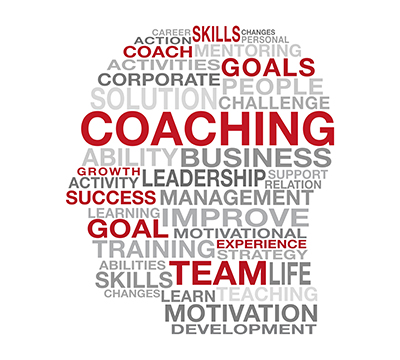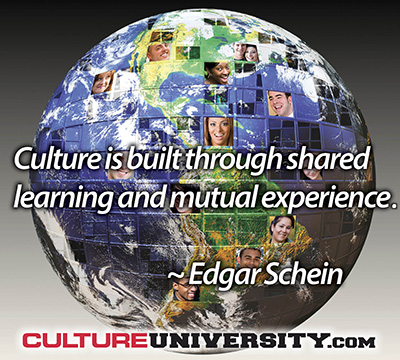During my 15 years as an executive for the YMCA, one of the globe’s largest non-profits now branded as The Y, I heard these words from a teenager about to climb a rock wall – on belay, but nervous about the task before her. I heard these words from an adult volunteer who has signed on for the first time to help with the branch’s annual fundraising. Her $5,000 goal during the three week campaign was pretty intimidating. I heard these words from a high school junior who was minutes away from running his first committee session in the Model Legislature and Court, even after weeks of training and practice.

Positively impacting society on a global scale through culture awareness, education and action.
When you build a culture of innovation, who benefits? From my work with organisations I’d be fairly willing to bet that your top answers would include customers, employees and the organisation itself.
And it’s fairly obvious why. Customers of innovative organisations receive the benefit of agile solutions which are created in answer to real needs and delivered by exceptional levels of service. Employees working within innovative organisations benefit from working in a collaborative environment which praises and nurtures traits such as empowerment initiative and inclusivity. And innovative organisations benefit from offering differentiated market leading solutions; thereby attracting a loyal customer base, a strong reputation, and increased levels of profitability.
Most leaders know that culture matters. But, did you know that the narrower the culture gap (the difference between current and preferred cultures) the more likely it is that high potential employees will stay?
According to recent research by The Catalyst Center for Career Pathways, the narrower the culture gap, the more satisfied high potentials are with their work and advancement, pay, managers, and organizational commitment to work-life quality and diversity. “A narrower culture gap and greater employee satisfaction combine to predict high potentials’ intention to stay,” according to Catalyst. The report continues, “Women and men high potentials agree on workplace culture: Both would prefer to work in cultures that are more constructive and less aggressive. Both agree that the biggest gap in their workplace cultures is that they are not constructive enough.”
Grâce cette publication, vous pourrez accélérer le changement de votre culture organisationnelle. Chaque leader comprendra ici les bénéfices des réflexions critiques sur la culture ainsi que la résolution de problèmes, le changement, l’engagement, la stratégie, le recrutement et le consulting avec Edgar Schein, Professeur Émérite au MIT Sloan School of Management et personnalité la plus influente dans le domaine de la culture.
My consulting journey came from over 20 years of experience working at a fortune 100 company, but not as an executive in a corporate office, not as a business unit manager, not in marketing, and not in human resources. Instead, I was a blue-collar line worker in a food processing plant, doing everything from packing product, stacking skids, driving a forklift and tearing down equipment for sanitation on Friday nights.




